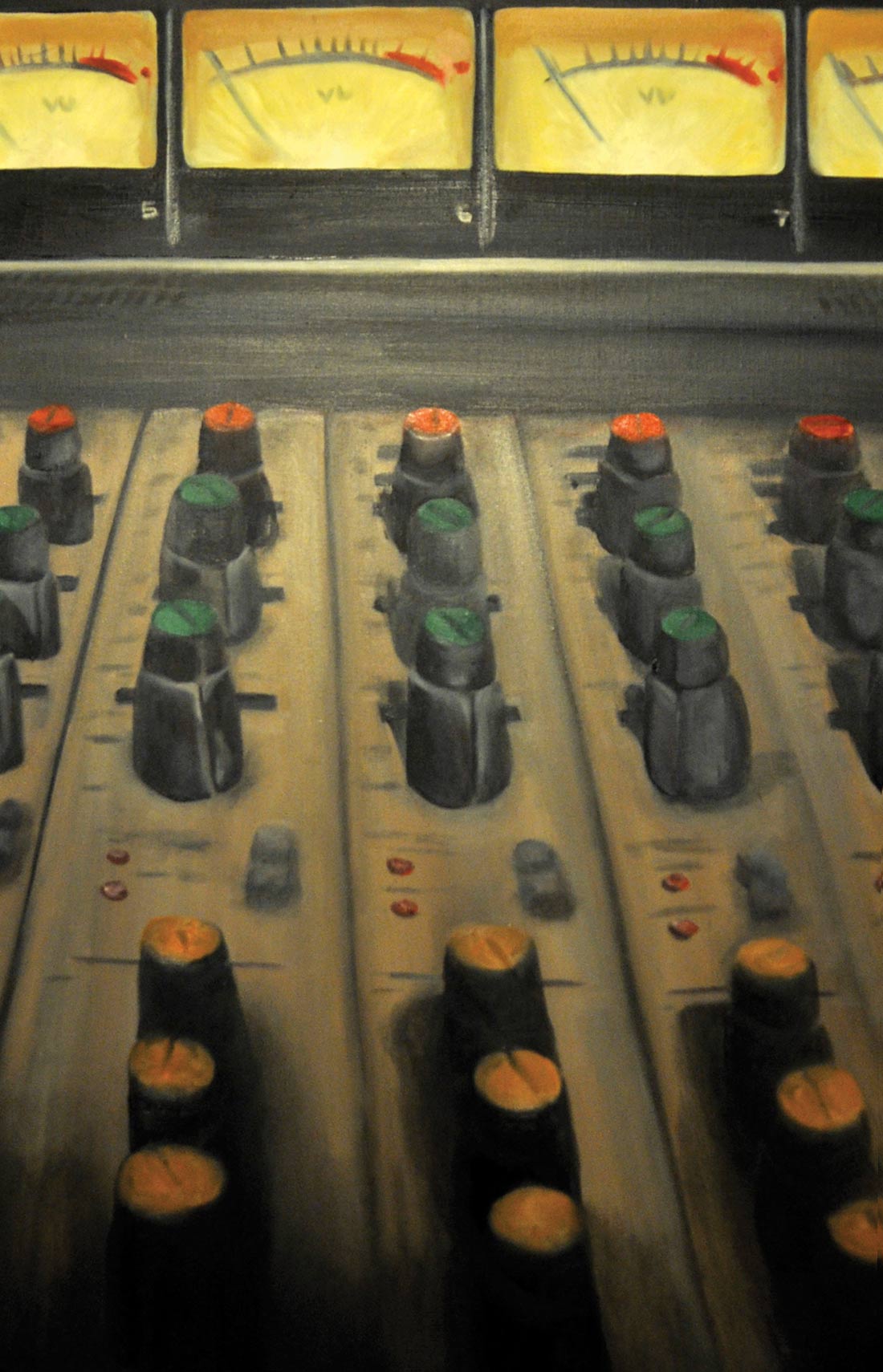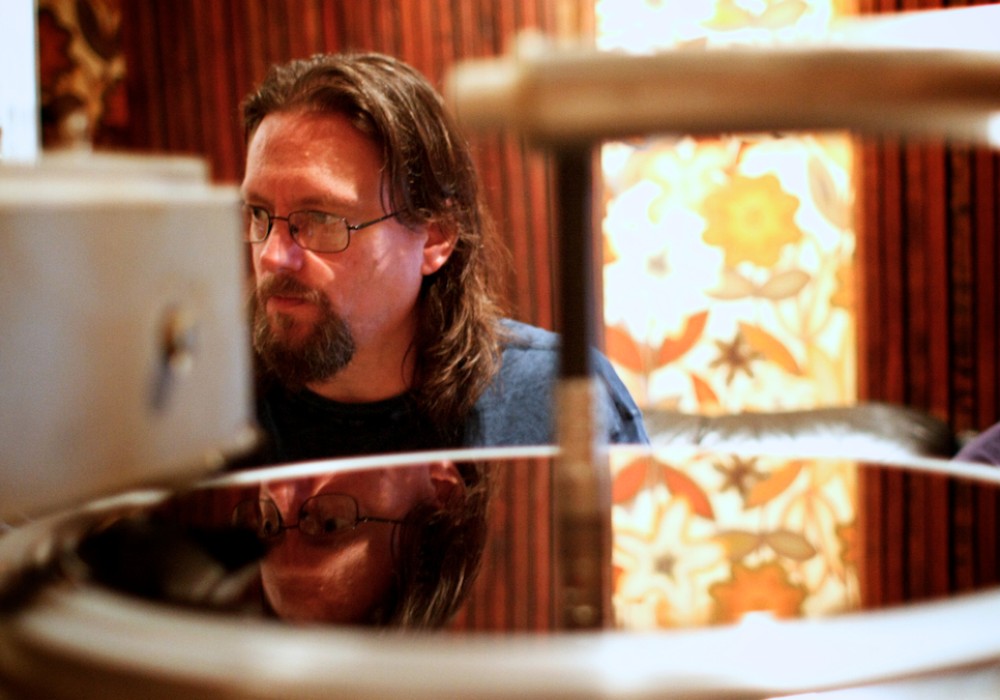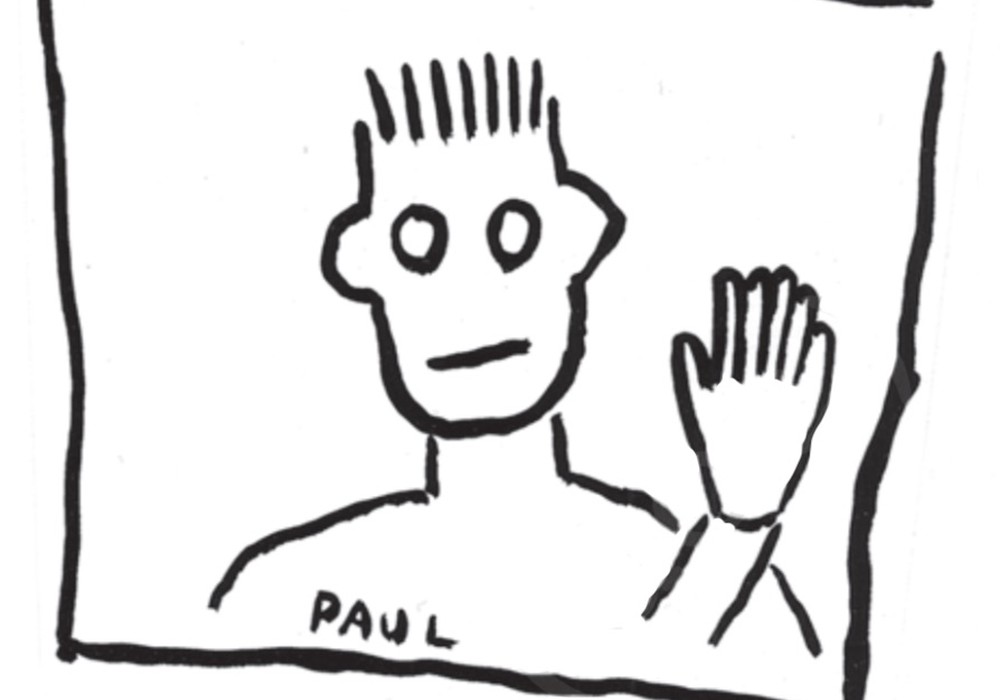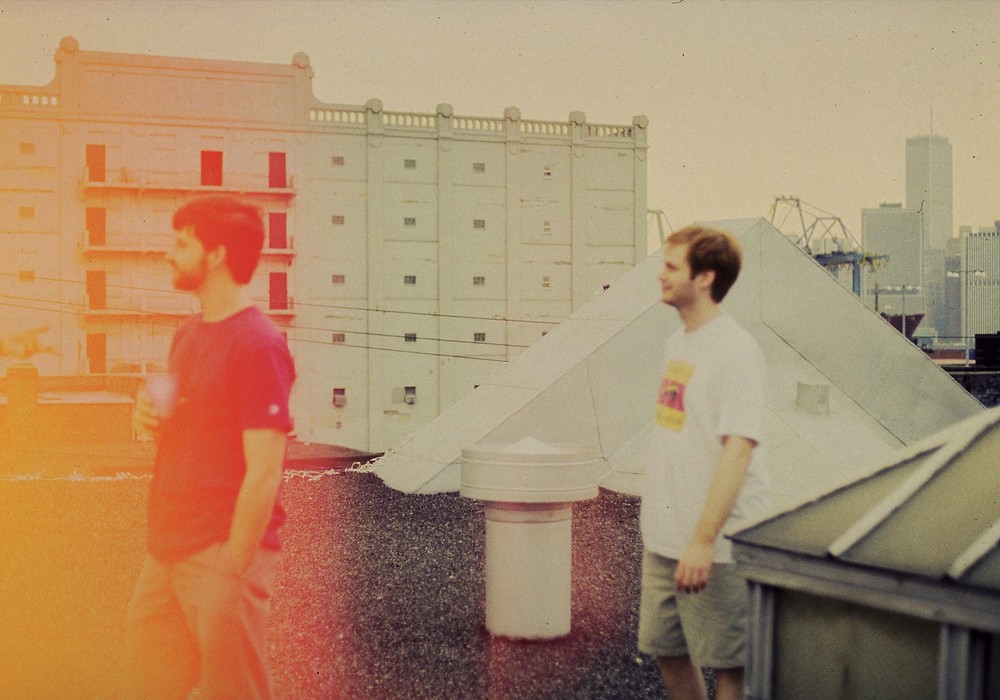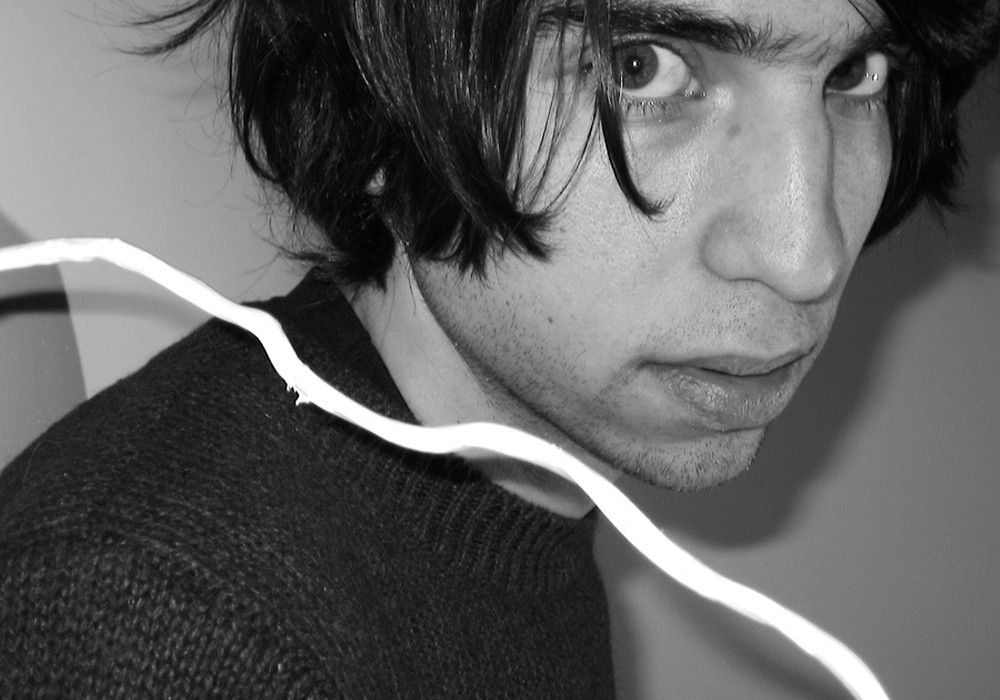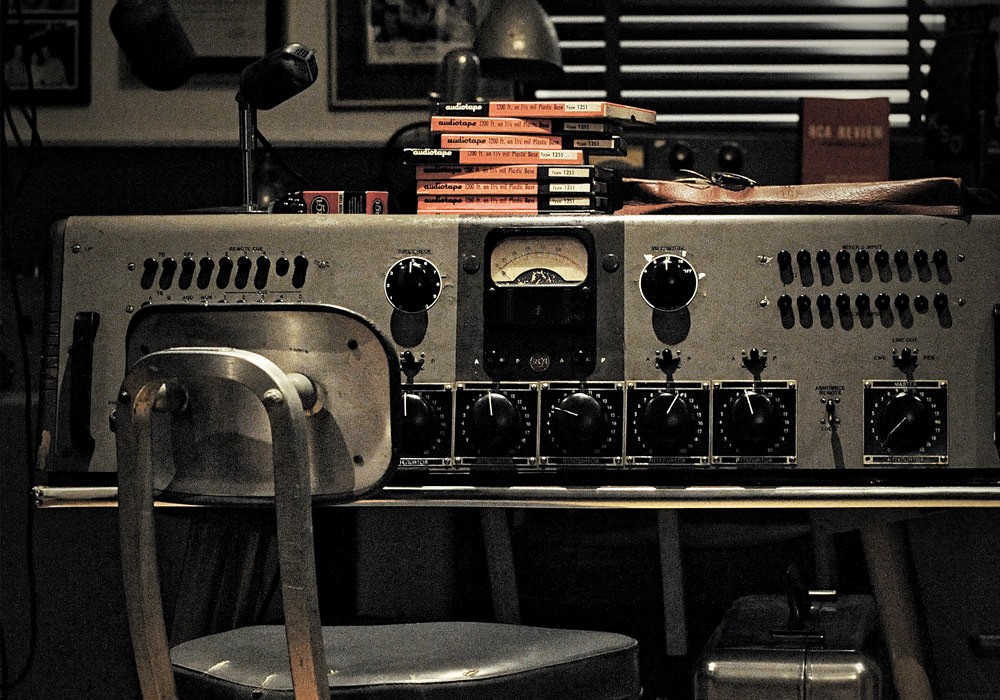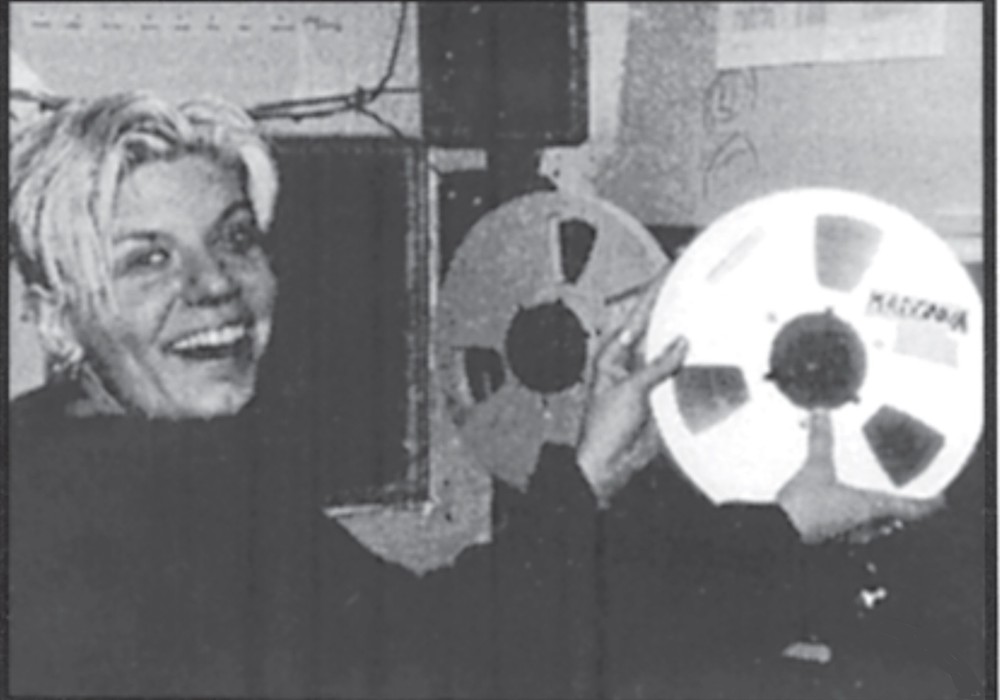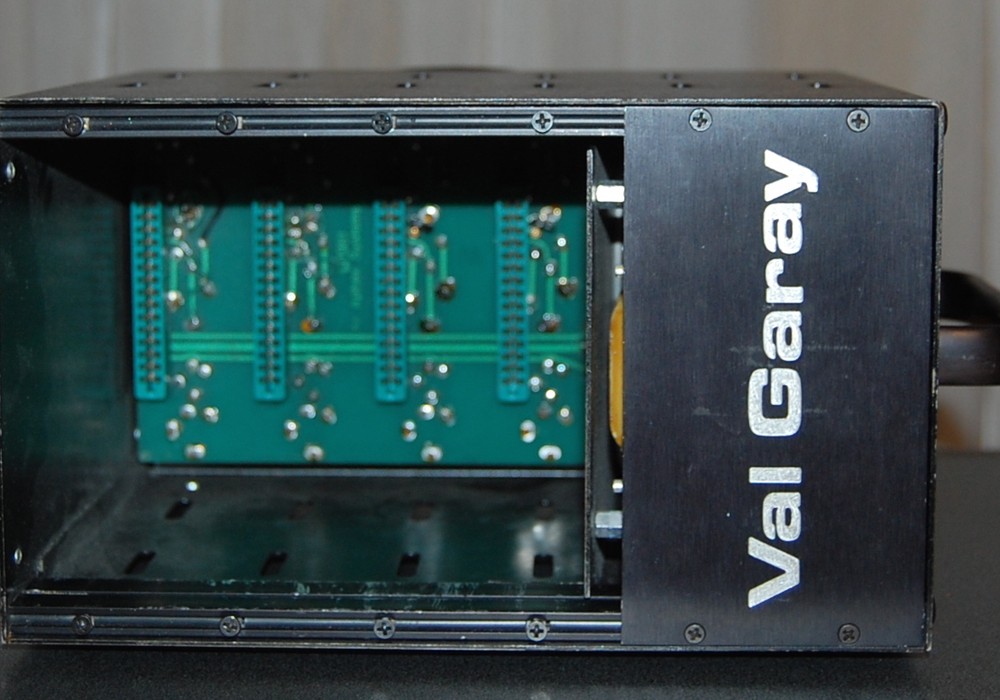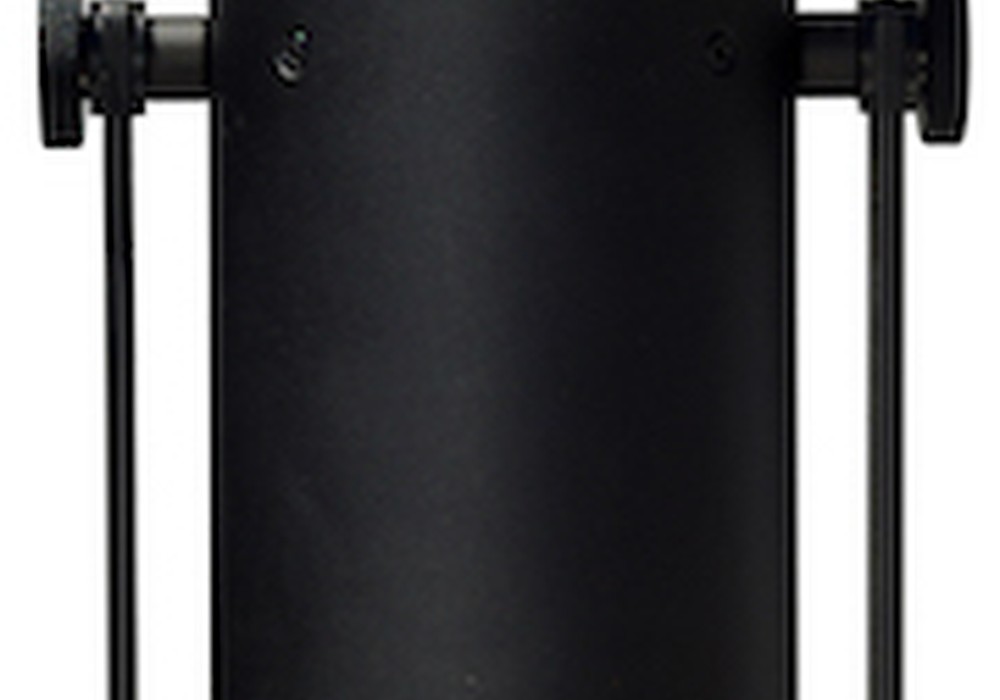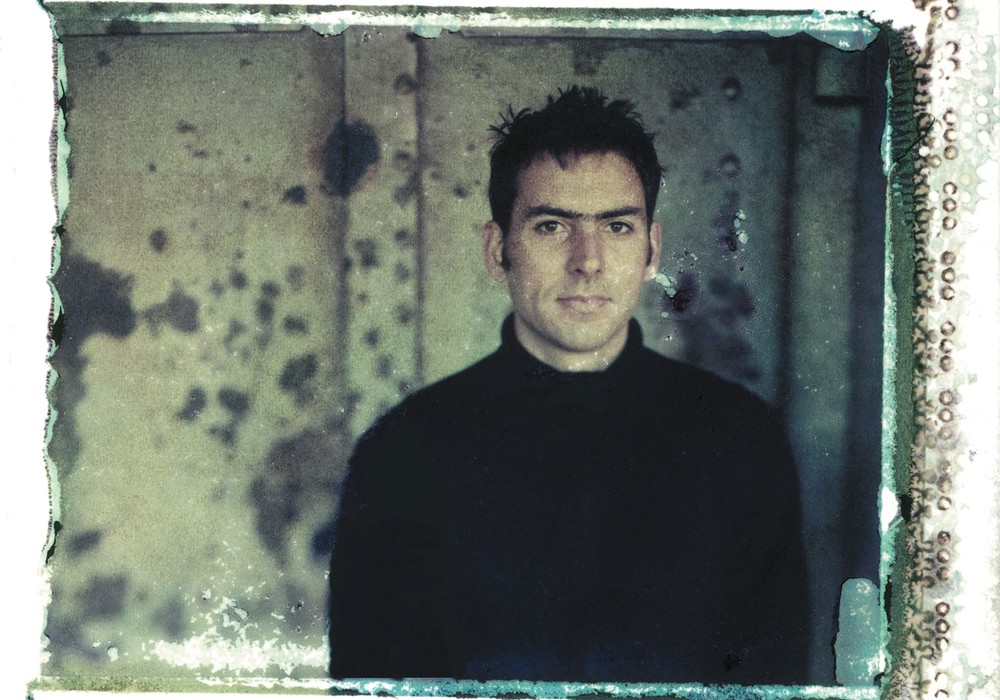Coming up through the ranks of Memphis' fabled Ardent Studios [Tape Op #58], Jeff Powell has been making cool records for more than two decades, initially as an assistant engineer, then as a staff engineer/mixer, and finally as a producer. He's been independent since 1997, but still considers Ardent his home base.
Powell's enviable credit roster includes the likes of Bob Dylan, B.B. King, Tonic, Big Star, The Bottle Rockets, Stevie Ray Vaughan, Sharon Jones, Centro-matic, Primal Scream, Lucinda Williams, Ryan Adams, and The Afghan Whigs. His early years at Ardent landed him sessions working elbow-to-elbow with producer/engineer legends such as Jim Gaines, Glyn Johns, Rob Fraboni, John Hampton [Tape Op #92], Joe Hardy and Jim Dickinson [Tape Op #19]. And getting the call to do six albums with Tom Dowd certainly must've been a career highlight. Gleaning and condensing a huge "bag of tricks" from these greats, Jeff has come up with his own eclectic approach to making records.
In addition to working on multiple gold and platinum records, as well as six Grammy-winning projects, Jeff currently chairs the Producer and Engineering wing for the Memphis Chapter of NARAS, and has been honored as a legendary producer of Memphis at the annual Blues Ball. Recently, Powell has learned the disappearing art of cutting vinyl, apprenticing under Larry Nix on the original Stax lathe at Ardent. He's been cutting vinyl, under the name Take Out Vinyl, for artists from all over the country such as The Twilight Singers, Centro-matic, Mickey Hart, and Lucero. In July of 2011, Jeff and Lucas Peterson opened Humongous Too, an open room style tracking space in the Edge district in Memphis. And since 2011, Jeff's also been an Adjunct Professor, overseeing senior projects at the University of Memphis Recording Program.
I've always been struck by Jeff's approachability, friendliness, and awesomely skewed sense of humor. He has recorded my band, The Weisstronauts, at Ardent on a few different occasions, and it's been a pleasure to take off my own "producer hat" and work with him.
When and how did you get into cutting vinyl?
I suppose it was summer of 2008. There was a band called Super 400 working here at Ardent who had wanted [famed Stax/Ardent mastering engineer] Larry Nix to cut their vinyl. They had taken the studio tour and when they saw the cutting lathe, they were like, "Gosh, Larry. We'd love for you to cut our vinyl." And he said, "Oh, that doesn't work. I don't do that anymore." They kept pestering him about it and he kept saying no. So, I approached him one day in the parking lot and said, "Larry, I've been thinking. You go home everyday at five and you don't work weekends. Why don't we get the cutting lathe going again? I'd really love to learn the craft. Why don't you teach me? Wouldn't it be cool to come in in the mornings and find a check waiting for you on the turntable?" He said, "Let me think about it." He took two steps away from me and said, "Let's do it!"
All the associated gear was here?
Yep. It was always here. It was set up just like you see it here now. But it just wasn't being used. Some electronics had gone bad and it needed some TLC. And Larry had gotten fed up with it. For vinyl, he had mainly been doing DJ and hip-hop stuff and was having trouble turning a profit. I think he was charging old school prices. He eventually decided to concentrate on mastering CDs.
How long did it take you to get up and running?
Well, [Ardent's owner] John Fry [Tape Op #58] and [tech] Chris Jackson had a lot to do with getting the lathe going again. It didn't happen in one day! I learned a lot just sitting on the couch and keeping my mouth shut while they were working. I'd ask a million questions later, as well as reading anything I could get my hands on.
What's the optimum amount of time per side of LP?
The optimum time of an LP at 33 is less than 18 minutes — the less, the better. When you start cutting further and further towards the inner part of a record it gradually distorts. John Fry described it to me as the difference between 30 ips tape and, by the time you get to the inner groove, 7 1/2 ips. But to the human ear, when listening to an LP side, linearly, it's like anything else. Your ear gets used to things and then it's not drawn to the difference in fidelity as much. But, if you think about it, the amount of space that's going by, it's a lot like magnetic tape. I immediately went home and pulled out all my old albums to see how they were sequenced. You want your biggest, loudest songs with the most information at the beginning and your softer stuff goes on the inside. Look at your old records and it's so clear. It affects everything.
That's why albums often end with a ballad.
Or a quieter song. Exactly.
What do you do if you have someone who insists on having a side that's 20 minutes long?
I would explain to them that I can still cut it, but they may need to sacrifice volume and a bit of low end.
Where would you roll off the low-end in a case like that?
I'd use the high-pass filter on the Neumann console that I work with. Its presets are 40 and 63 cycles. There's also a thing called elliptical EQ that centers the bass information below a selected frequency to the center of the stereo image. Its presets are 150 and 300. I think anything below 50 cycles will roll off pretty drastically. But when you play it back, it's so much bigger and warmer than the CDs we play that have the bass piled on. It's unbelievable.
Like the medium itself makes up for the loss?
Absolutely, as far as my ears are telling me. It's just warmer and it sounds better. I've been doing it for over four years now. But I'm constantly learning and absorbing what I can...
